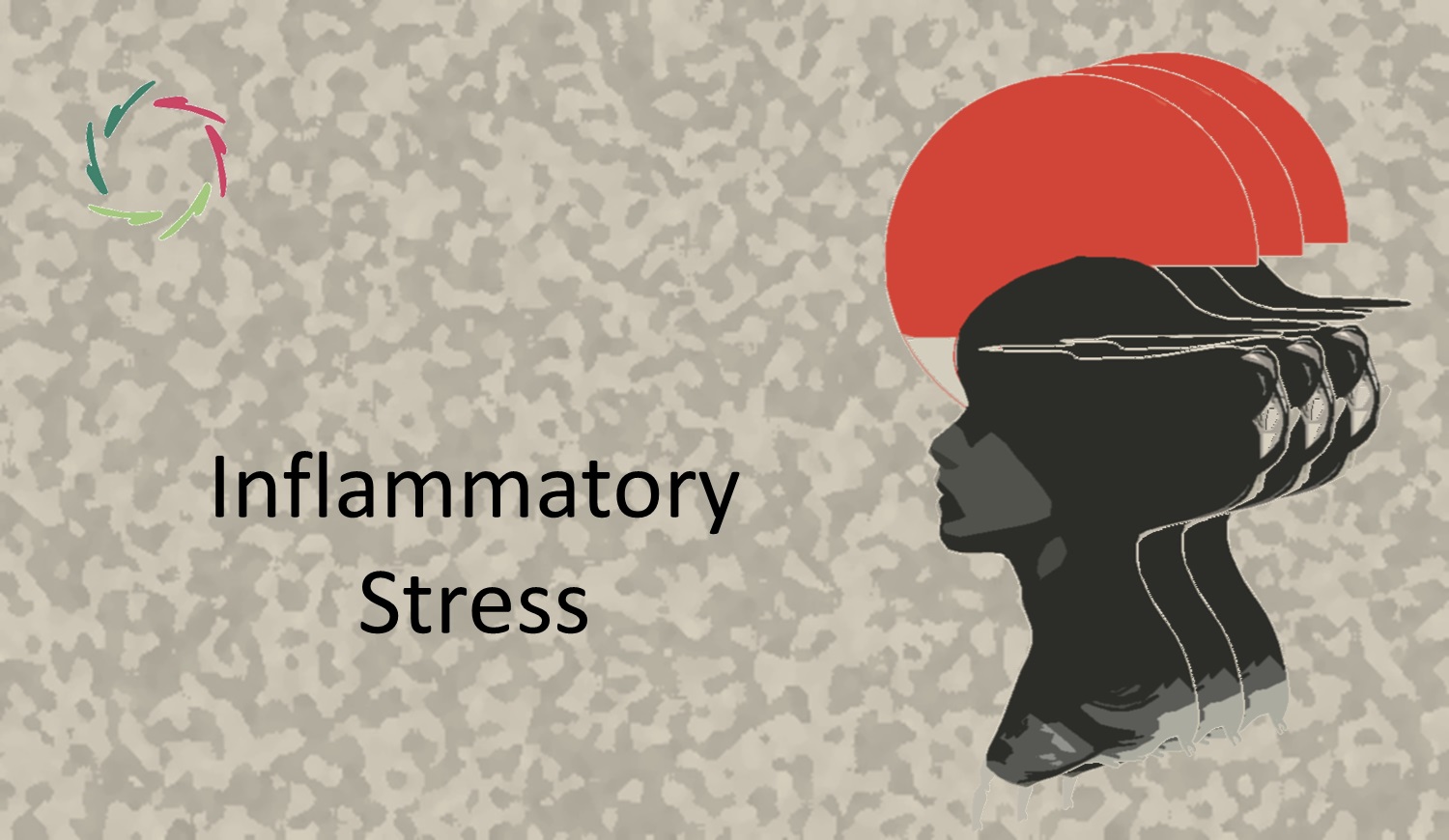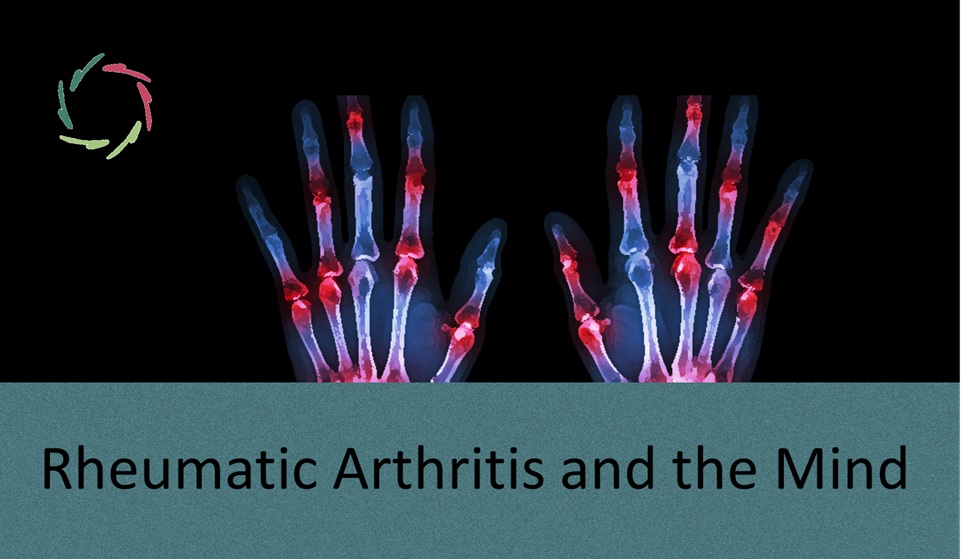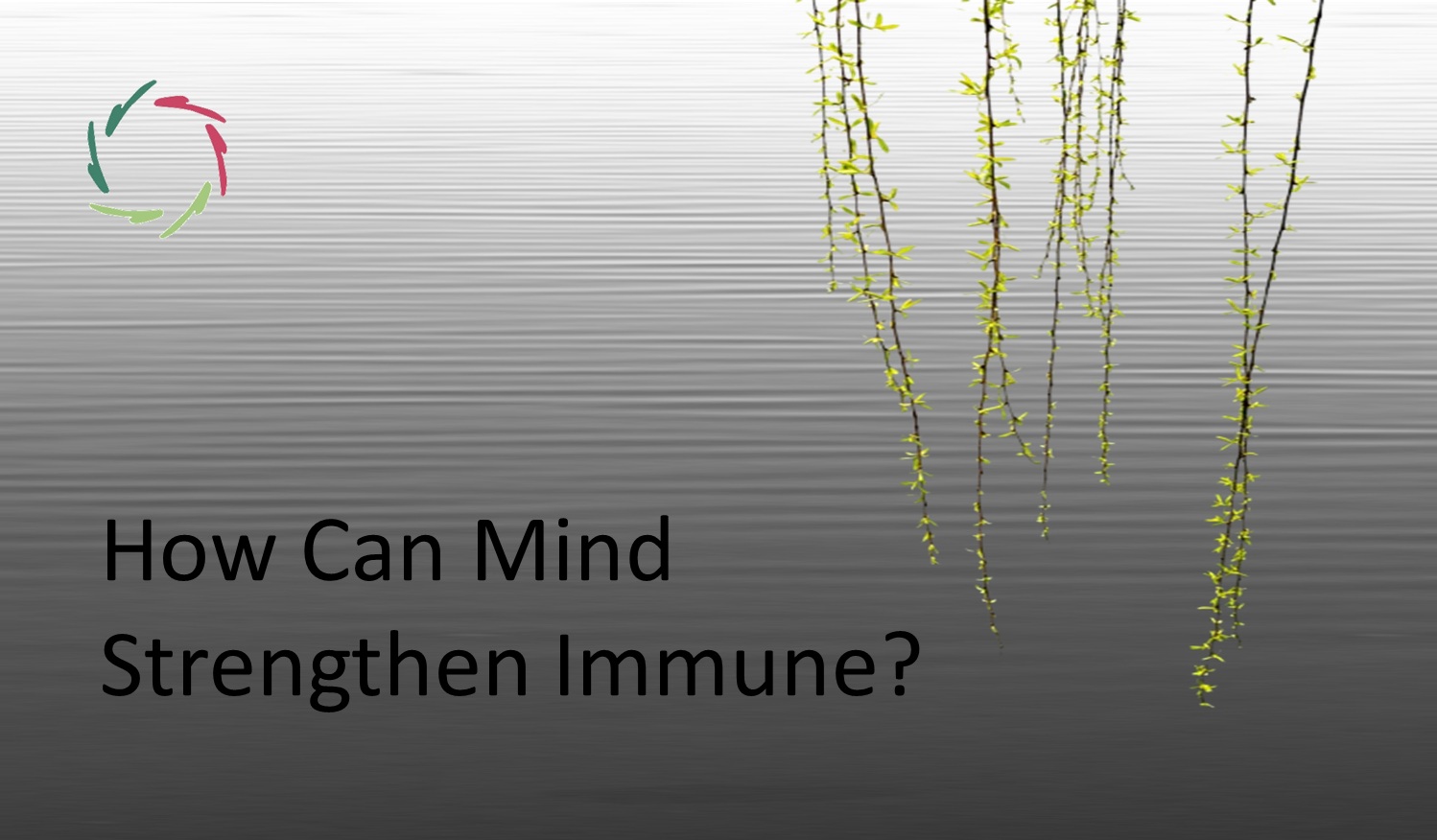Inflammatory Stress

Over the last few decades, research has demonstrated the significant impact of psychosocial stress on inflammation, with substantial consequences for health and healing. This stress is linked to 75%-90% of human diseases, including atherosclerosis, diabetes, cancer, autoimmune diseases, and depression. [1 and its extensive bibliography]
But what causes external circumstances to be perceived as negative stress, and how does this stress become inflammatory?
Please also read Mind and Immunology since inflammation and the immune system are closely linked.
How can stress even become negatively inflammatory?
To begin with, not all inflammation is harmful. Natural inflammation is a protective physiological response that is crucial for survival and recovery. However, organisms are not equipped to handle chronic stress naturally, making chronicity a critical factor in adverse health outcomes. Therefore, this is clearly an element that predisposes to stress-related diseases. Unfortunately, psychosocial stress often becomes more chronic than what nature ever intended stress to be. Concurrently, chronic mild inflammation is recognized as a common pathway for stress-related diseases. [1]
Despite this, we still have limited scientific understanding of how exactly the subjective experience of stress (a ‘state of threatened homeostasis’) translates into inflammation. This is reminiscent of the ‘hard problem of consciousness’ in philosophy. What exactly is the link between the objective and subjective world? Artificial Neural Networks pose a similar problem, called the black box of (non-)explainability.
Indeed, in detail, complex systems are generally not completely explainable in principle. But we can think about these on a more abstract level, not delving into readily discernible details but into general principles. From there, we can gradually understand the hard problems more like something that comes closer from within a misty landscape than something of which we can put progressively more distinct elements together.
Mind and brain
A pretty good recent definition of the mind with regard to mind-body medicine is given by [2]: “We define the mind as conscious and unconscious thought patterns, including images, perceptions, and intentions, generated by a functional network of distributed neural centers in the brain and body, including homeostatic representations that provide the context for human self-awareness and emotional experience.” Going further on this, ‘generated by’ becomes an identity function within mind-body unity.
According to the above definition, the mind involves conscious and non-conscious thought patterns. Considering the complexity of the brain, it’s evident that non-conscious processes outnumber conscious ones. Thus, consciousness is a small fraction of the mind. Yet, it remains deeply integrated with bodily processes, which is vital for the endeavor of consciously influencing health and healing from within. Recognizing the dominance of non-conscious processes can help in devising effective therapeutic strategies that address deeper mental layers.
Complexity involved
To illustrate the complexity involved, consider the following brain regions’ roles in maintaining homeostasis and their connection to self-regulatory responses, quoting [2] again:
“contributing brain regions include (but are not limited to) the hippocampus, septum, amygdala, bed nucleus of the stria terminalis, nucleus accumbens, paraventricular thalamus, paraventricular and perifornical areas of the hypothalamus, periaquiductal grey, locus coeruleus, raphe nuclei, and the dorsal vagal complex. Moreover, it is now well recognized that limbic and brainstem representations of visceral/organ function are important sources of ascending feedback to the executive centers of the brain (e.g., PFC, ACC) that enable these areas to integrate a range of physiological responses with mental activities, thus facilitating complex associative processes such as perception, behavioral intention, and planning.”
This is supported by extensive research, making the general picture scientifically robust. It’s a picture of complexity, which is, of course, not chaos. In chaos, changes occur without meaningful impact on the whole. In contrast, in the complexity of the mind, altering any part IS inevitably also changing one’s mind.
For instance, if you drink one glass of alcohol, you change your mind, and you can feel that pretty well ― no magic involved, just the fact that mental and neuronal patterns are the same patterns, looked upon from different perspectives. In the same vein, neuroinflammation has been shown to be correlated with anxiety and depression. [3] This represents just the tip of the iceberg in current research.
Inflammatory patterns in the brain/mind
Given all the accomplished research, we can now safely assume that these patterns often operate below conscious awareness. Consequently, non-conscious mental-neuronal factors can trigger inflammation. Whether these non-conscious factors should be labeled as ‘stress’ is a matter of semantics. In any case, the label is helpful for discussion.
Since these patterns can be non-conscious, the relationship between stressful circumstances, perceived stress, stress markers, and their consequences is more intricate than previously believed. Hence, the impact of chronic, low-grade stress on the body is likely significantly underestimated. This raises the question: what exactly are stress markers indicating ― conscious or non-conscious stress?
Subconceptual processing within the brain highlights the deep and often non-conscious intertwining of these patterns. This complexity clarifies the hard problem but makes it challenging to pinpoint specific stressors’ effects on health, reflecting the broader challenge in understanding mind-body interactions. For instance, a conscious ‘will to live’ may go together with non-conscious despair or utter disbelief. The conscious layer may serve primarily to cover the non-conscious opposite ones. The question is, how does this play out for the person as a whole? Which patterns are most potent and lie closest to the body? And, perhaps most importantly, how can we prepare the mind for an optimal outcome?
As we learn more about intermediary pro-inflammatory factors, which can serve as inflammatory markers, the complexity of these processes becomes even more apparent. Non-conscious patterns can independently cause symptoms, inflammation, and stress, or they may interact in a cycle of mutually reinforcing elements.
So, how to find the culprit patterns?
In any case, this starts from the human complexity that is our reality. Ignoring complexity leads to overly broad categories and distinctions that don’t suffice to show much relevance. It’s like shooting arrows with eyes closed. Few targets will be hit. Therefore, we need insight into subconceptual metal processing in health and healing;
Fortunately, with A.I. tools we can go much further in making the proper distinctions. Here, we identify two possible approaches:
- Using machine learning (supervised learning and big data, mainly), one can look for conceptual distinctions — categorizing people in ways from which we can deduce useful consequences. However, this brings bias from the big data at the source and also necessarily introduces new biases through the categorizations. The pros and cons of this must be weighed carefully, depending also on the domain.
- Using A.I. (thinking of Lisa) that can dynamically go much deeper into situations and people, discerning patterns that can be very complex and very individual and can comprise elements that are either conscious or non-conscious to the individual. These patterns can contain elements that are too vague for people – researchers included – to discern without the help of the A.I. system itself. Until now, we may have been peering into the mist while missing the gorillas.
Of course, we should not discard the distinct elements that we find. Eventually, we are bound to find interesting patterns, some parts of which remain vague while others clear up. We should appreciate both if they help us understand ourselves better, one way or another, and translate this into practical tools to diminish distress and disease while showing roads to mental growth.
This is the Compassionate way, integrating scientific rigor with deep respect for the individual’s mental and emotional experience.
―
References
[1] Liu YZ, Wang YX, Jiang CL. Inflammation: The Common Pathway of Stress-Related Diseases. Front Hum Neurosci. 2017 Jun 20;11:316. doi: 10.3389/fnhum.2017.00316. PMID: 28676747; PMCID: PMC5476783.
[2] Taylor AG, Goehler LE, Galper DI, Innes KE, Bourguignon C. Top-down and bottom-up mechanisms in mind-body medicine: development of an integrative framework for psychophysiological research. Explore (NY). 2010 Jan-Feb;6(1):29-41. doi: 10.1016/j.explore.2009.10.004. PMID: 20129310; PMCID: PMC2818254.
[3] White AG, Elias E, Orozco A, Robinson SA, Manners MT. Chronic Stress-Induced Neuroinflammation: Relevance of Rodent Models to Human Disease. Int J Mol Sci. 2024 May 7;25(10):5085. doi: 10.3390/ijms25105085. PMID: 38791125; PMCID: PMC11121038.


